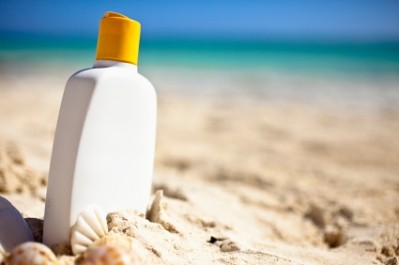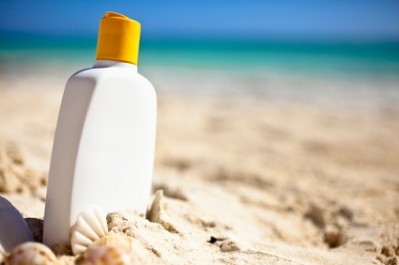Euromonitor urges sun care manufacturers to target emerging markets
According to a recent report by the market research company, the sun care industry has recovered well in the last two years following a poor performance in 2009, the year in which the global recession and economic crisis peaked.
Not a necessity?
The sticking point for the sector remains that as long as people do not view it as a necessity category in the way that most consumers in mature markets do, sales in emerging countries will not reach their potential.
Euromonitor says that consumer awareness campaigns need to accompany any attempt by manufacturers to grow sales in developing countries.
In 2009 value growth fell to 4 percent, down considerably from 8 percent growth registered in the previous year. In 2010, a return to form was seen for the industry, with global value growth of 7 percent.
The category's weak growth in 2009 was largely a result of reduced international holiday travel and the further penetration of private label and mass-market offerings in the category's key North American market, which saw growth plummet to just under 1 percent.
Australasia was an exception, posting stronger growth in sun care due to health fears concerning exposure to the sun.
Work to be done
Globally, however, there is still much work to be done to convince consumers that private label products are equally as effective as brands. Private label's share of sun care was still just 6 percent in 2009 due to this widespread lack of conviction, but also limited availability in many regions, according to Euromonitor.
The key regions of Asia and Latin America accounted for a combined 32 percent of global sun care sales in 2009. The US warmed to private label sun care during the recession, with a rise in share from 9 percent in 2008 to 10 percent in 2009.
Sun care comprises mostly sun protection products, which accounted for 85 percent of global sun care sales in 2009. The report states that all categories were hit as consumers in key markets cut back on their summer holidays.
In markets where private label sun care is well established, the idea of a correlation between price and better protection from the sun has been questioned by consumers in recent times, with many now opting for cheaper brands as a result.
Home sweet home
The main reason behind the decline in 2009 was that many Americans opted to stay in the US in order to save money.
With consumers spending less on travel, sales of sun care products during the non-summer months declined strongly.
In 2010, however, value sales growth in North America rose to 9 percent driven almost exclusively by sun protection. With sun care sales of $1.7bn in 2010, the US accounted for 21 percent of the global sun care market.





















